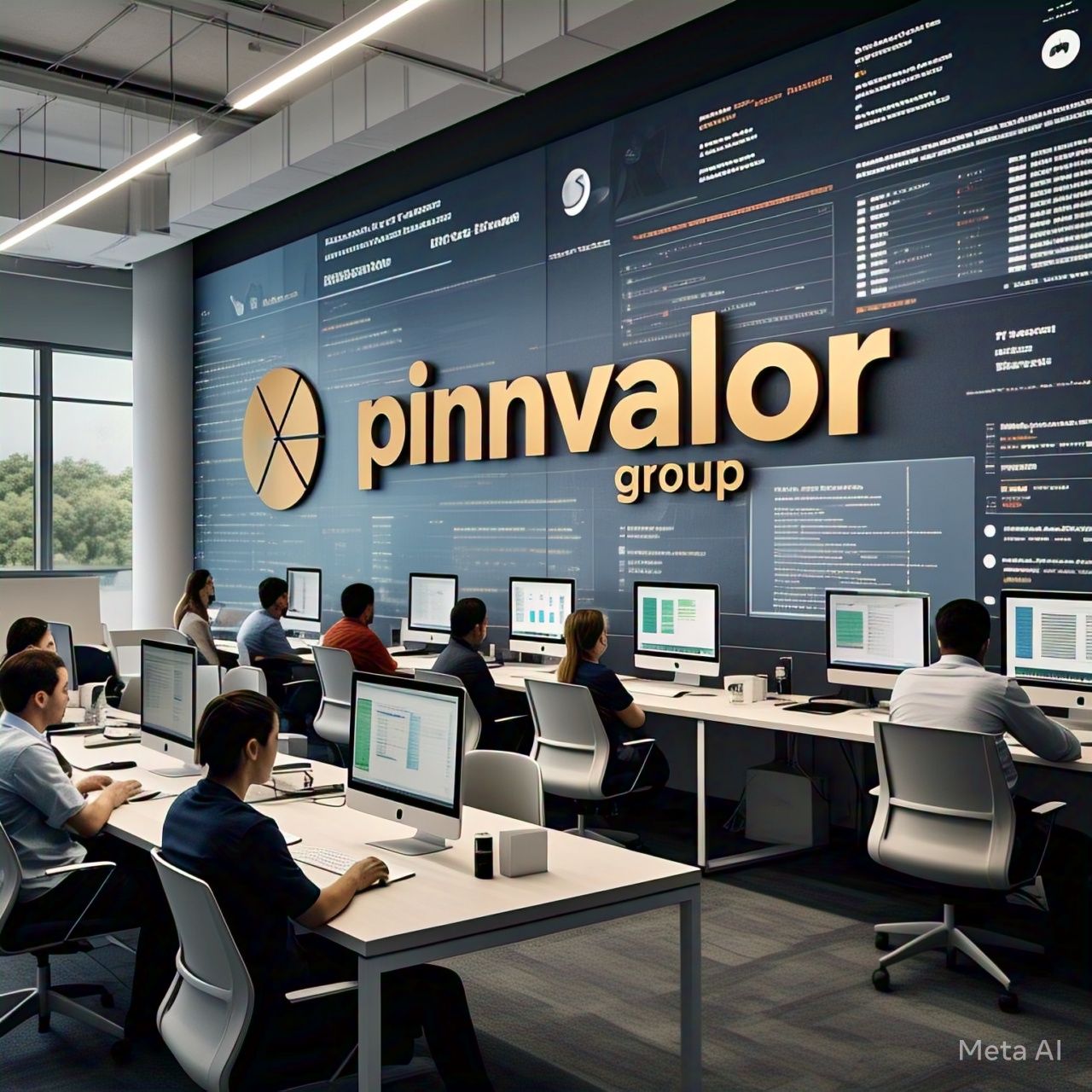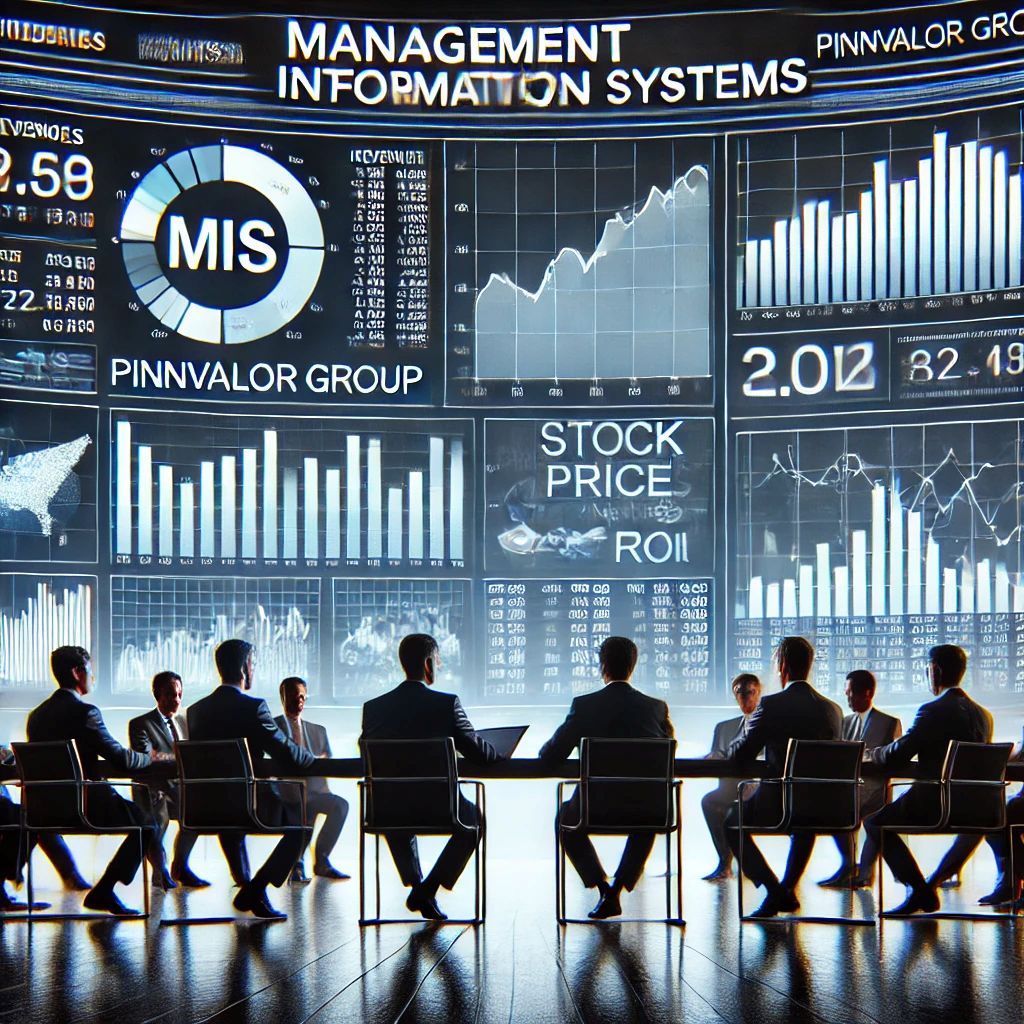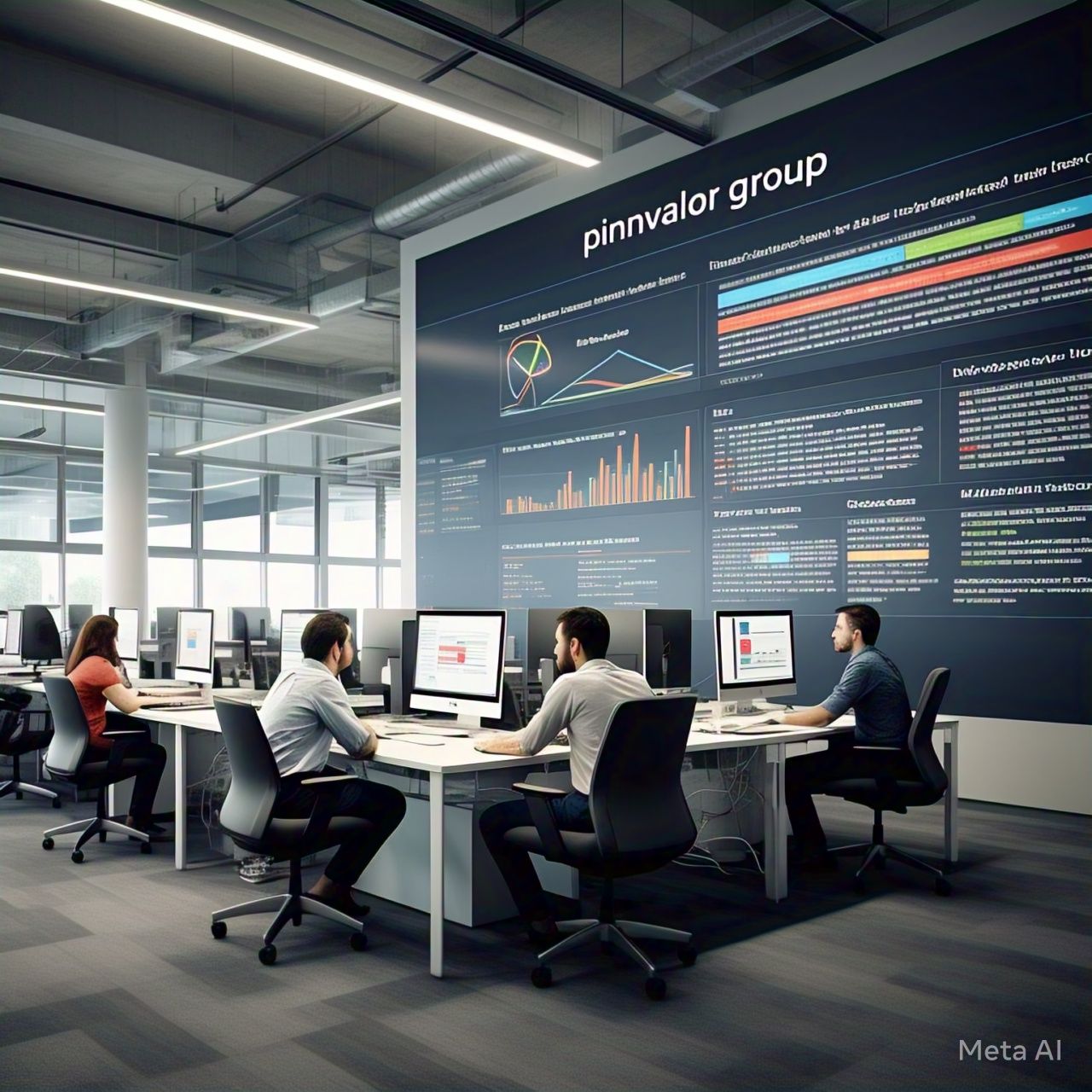
Management Information System (MIS) – A Strategic Tool for Business Excellence
In a rapidly evolving business landscape, real-time and accurate data analysis is crucial for strategic decisions. Businesses today rely on Management Information Systems (MIS) to streamline operations, monitor performance, and drive growth. Let’s explore how MIS empowers various domains such as revenue, profitability, return on investment (ROI), and performance analysis across branches and factories.
Why MIS is a Game-Changer for Businesses!
🚀MIS isn't just a reporting tool—it’s a powerful decision-making engine that integrates technology, people, and processes to drive business success.
🔍 Real-Time Insights, Real-Time Success! – With real-time data processing, businesses can track KPIs, adapt strategies instantly, and stay ahead in a rapidly changing market. 📈 Predict the Future, Not Just Report the Past!-Advanced MIS leverages AI and predictive analytics to forecast market trends, customer behaviors, and business risks—ensuring proactive, not reactive, decision-making.
1. Revenue Analysis: Comprehensive Growth Insights
MIS generates a variety of reports that provide a breakdown of revenue streams by products, branches, and business segments.
- Revenue by Product Line: Track how each product contributes to the overall revenue.
- Monthly Growth Reports: Analyze trends and seasonality factors.
- Branch-wise Revenue: Compare performance across different geographic locations to identify high-performing branches.
Sample Dashboard View:
| Branch | Product Line | Monthly Revenue | Quarterly Growth (%) | Year-on-Year Change (%) |
|---|---|---|---|---|
| Mumbai | Electronics | ₹15 Cr | +8.5% | +12.3% |
| Bangalore | Furniture | ₹12 Cr | +5.2% | +9.8% |
2. Profit & Loss (P&L) Reports: Key Financial Health Metrics
Profitability reports enable stakeholders to monitor net profit margins, overhead costs, and efficiency.
- Profit Center Reporting: See how each division or product contributes to profits.
- Cost-Benefit Analysis: Track production, sales, and operational expenses to identify inefficiencies.
- Profit Trend Reports: Identify fluctuations in profit due to market changes.
Sample Dashboard View:
| Division | Revenue (₹) | Cost of Sales (₹) | Gross Profit Margin (%) | Net Profit Margin (%) |
|---|---|---|---|---|
| Electronics | 20 Cr | 12 Cr | 40% | 22% |
| Furniture | 18 Cr | 14 Cr | 22% | 10% |
3. Return on Investment (ROI) Analysis: Tracking Capital Efficiency
MIS evaluates how effectively a business is utilizing capital investments across various projects and units.
- ROI by Project: Evaluate the success of specific investments (e.g., new product launches or factory upgrades).
- Comparative ROI: Measure the return generated across business units to prioritize high-performing investments.
- Payback Period Reports: Assess how long it will take for investments to break even.
Sample Dashboard View:
| Investment Project | Initial Capital (₹) | ROI (%) | Payback Period (Years) |
|---|---|---|---|
| Factory Upgrade | ₹10 Cr | 18% | 3.5 |
| Product Launch | ₹5 Cr | 25% | 2.0 |

4. Branch-Wise Performance Analysis
MIS tools provide branch managers and executives with an overview of key performance metrics for each business location.
- Sales Target vs. Actual: Track how branches are performing against their set targets.
- Branch Profitability: Identify low-performing branches to implement corrective measures.
- Operational Metrics: Monitor staff productivity, inventory levels, and local marketing performance.
Sample Dashboard View:
| Branch | Sales Target (₹) | Actual Sales (₹) | Target Achievement (%) | Net Profit (₹) |
|---|---|---|---|---|
| Delhi | ₹10 Cr | ₹9.5 Cr | 95% | ₹1.2 Cr |
| Pune | ₹8 Cr | ₹8.8 Cr | 110% | ₹1.6 Cr |
5. Factory-Wise Performance Analysis
Factories often require real-time data to optimize production, reduce waste, and improve efficiency. MIS provides detailed reports on production performance.
- Production Efficiency: Track output per shift, defect rates, and machine utilization.
- Cost of Goods Manufactured (COGM): Analyze raw material, labor, and overhead costs.
- Factory KPI Dashboards: Monitor on-time delivery rates, equipment downtime, and scrap rates.
Sample Dashboard View:
| Factory Location | Units Produced | Efficiency (%) | Defect Rate (%) | Cost per Unit (₹) |
|---|---|---|---|---|
| Chennai | 50,000 | 85% | 2.5% | ₹150 |
| Hyderabad | 45,000 | 78% | 3.2% | ₹160 |
6. Departmental KPIs: Enhancing Organizational Collaboration
MIS consolidates data across departments to ensure that goals are aligned across the organization.
- Sales Department: Monitor lead conversion rates, sales per representative, and customer acquisition costs.
- Operations Department: Track inventory turnover, production cycle times, and supplier performance.
- Finance Department: Manage cash flows, accounts receivable/payable, and debt-to-equity ratios.
Sample Dashboard View:
| Department | KPI | Current Value | Target Value | Performance Status |
|---|---|---|---|---|
| Sales | Conversion Rate | 18% | 20% | ⚠️ Slightly Below |
| Operations | Inventory Turnover (Days) | 45 | 40 | ✅ On Track |
7. Customizable Reports for Strategic Planning
MIS enables the creation of custom reports tailored to management’s specific needs. Executives can use interactive dashboards to drill down into critical data and forecast future performance.
- Scenario Analysis: Evaluate business outcomes under different scenarios (e.g., price changes, raw material costs).
- Break-Even Analysis: Determine the minimum sales volume required to cover costs.
- Budget vs. Actual: Compare planned budgets to actual expenses.
Sample Output:
A scenario analysis report may highlight the effect of a 10% increase in raw material costs on profitability, enabling businesses to adjust their pricing strategies proactively.
8. Real-Time Alerts & Notifications
Modern MIS systems can be configured to send alerts when performance deviates from predefined thresholds. Examples include:
- Revenue Drop Alert: Notify management if sales drop below a set percentage.
- Inventory Shortage Alert: Trigger reorders when stock falls below minimum levels.
- Compliance Alerts: Warn stakeholders about pending regulatory deadlines or breaches.
Example Use Case:
An MIS system might automatically send an email to the finance department if accounts receivable exceed 60 days overdue, helping the business take timely action to improve cash flow.

Final Thoughts: Elevating Business Performance with MIS
A well-implemented Management Information System (MIS) provides business leaders with the insights needed to make informed decisions. By offering detailed performance metrics at every level—branch, factory, product, and department—MIS helps optimize operations, improve profitability, and enhance overall efficiency.
If you’re ready to leverage the full power of MIS to drive your business forward, Pinnvalor Group offers expert advisory services to design, implement, and optimize your MIS solutions.
Contact us today to explore how we can support your business intelligence needs.
